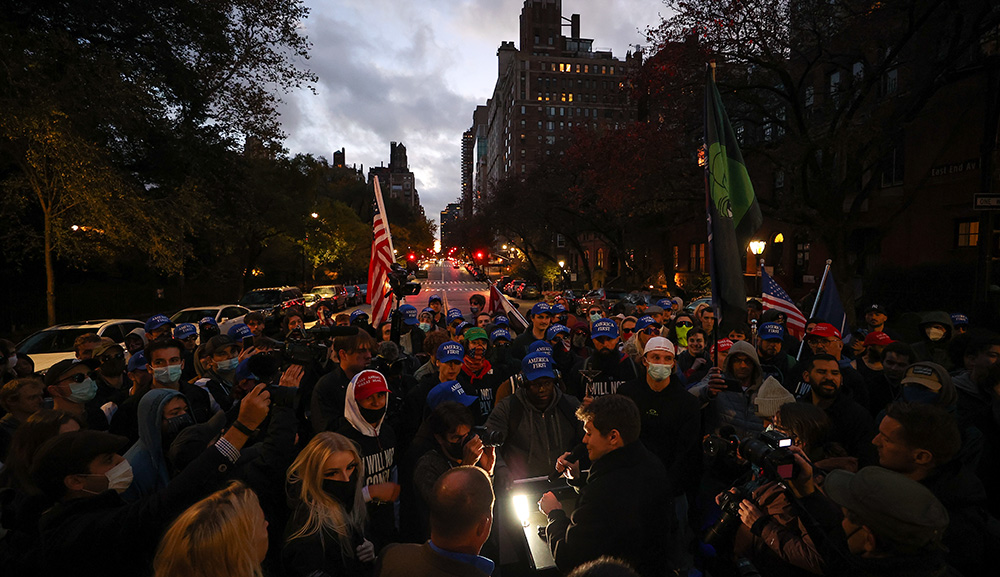Circassians—a people from the northwestern Caucasus who speak a language related to Chechen and Georgian—first came to the Middle East as mamluk soldiers in the Middle Ages. But during the bloody conquest of their homeland by Russia in the 19th century, Circassians fled en masse to the Ottoman empire, and some settled in the Land of Israel, where their descendants remain to this day. Shir Aharon Bram describes the history of their two main communities in the Jewish state, Kfar Kama and Rehaniya.
Throughout the 19th century, the eastern Lower Galilee, where Kfar Kama was founded, was under the de-facto control of Bedouin tribes. The Ottoman government tried to impose its rule over the region in various ways, settling Maghrebi migrants from Algiers there and sending Kurdish battalions to confront the Bedouin, but with little success. The arrival of the Circassians changed things and effectively paved the way for Jewish settlement in the area about twenty years later.
Wherever they went, the Circassians often brought modernization along with them. Besides the Galilee, they established thirteen settlements in the central Golan Heights, while also settling across the Jordan River, where they established the modern city of Amman. They introduced advanced construction methods, metal- and woodworking techniques, and a mixed economy, and also incorporated European architectural styles, such as the famous “Marseille tiles” still visible in their villages.
In the 1948 war, the Circassians chose to fight alongside the Jews, and ever since then they have fulfilled their compulsory service in the IDF. . . Every Circassian child learns Hebrew, English, Adyghe [their native tongue], and Arabic, and some also study Russian and Turkish. The schools in Kfar Kama and Rehaniya are the only ones in the world where the students are Muslim and the language of instruction is Hebrew.
More about: Circassians, Israeli history, Jewish-Muslim Relations, Ottoman Empire


